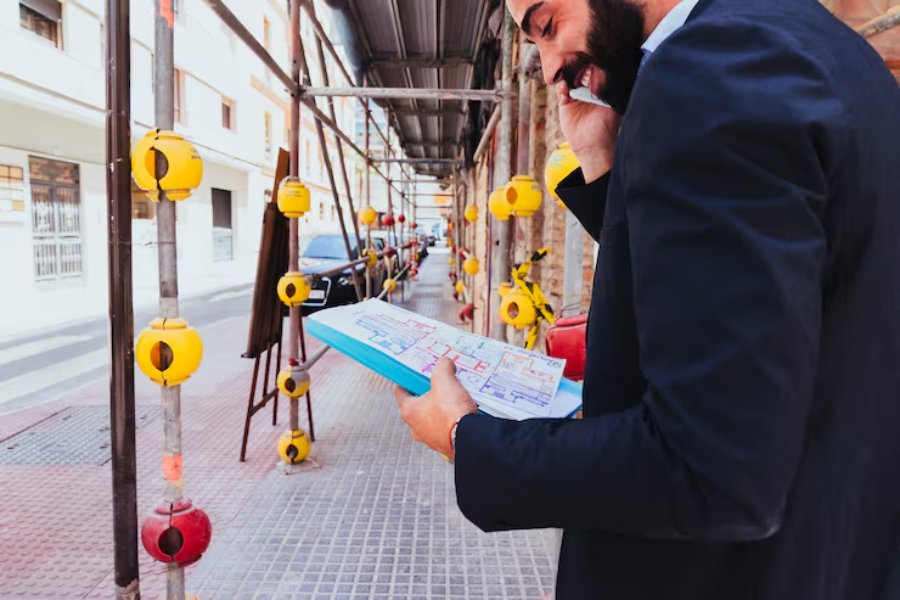No one signs up for this job thinking it’ll be easy. Construction in New York City is demanding, constantly moving, and full of pressure. But that’s exactly why safety has to come first. Behind every helmet is a person with a family waiting at home. Behind every steel beam and concrete pour is a risk that needs managing.
Too many accidents happen because people are rushed or procedures are skipped. Most of the time, they’re preventable. That’s the part that stings. Whether you manage one site or several, your approach to safety sets the tone for everyone on the ground.
In this article, you’ll learn what standards actually matter, what the city expects, and how to create a site that puts people first without slowing progress.
Stick to OSHA but Don’t Stop There
Everyone in the industry knows OSHA regulations are the baseline. But if you’re operating in NYC, those federal standards aren’t enough on their own. The city has its own set of safety rules that go above and beyond.
Local Law 196, for example, mandates specific training requirements for construction workers and supervisors on certain job sites. If your crew doesn’t meet the required training hours, you’re not just facing fines. You’re putting lives at risk.
Take the time to review both OSHA and DOB updates regularly. Safety expectations change. When new technology, hazards, or incidents arise, the rules are updated. You don’t want to be caught off guard.
Strong Safety Culture Starts With the Right Support
You can invest in training, gear, and checklists, but if safety is treated like a box to check, it will not stick. Culture matters. If your crew does not believe safety is a priority, they will not act like it is.
That is why many NYC-based companies turn to experts like Menotti Enterprise to build safer job sites and reduce overall risk. From SSPs and HASPs to onsite safety management and worker training, they can handle everything you need with one phone call. Their role goes far beyond compliance forms. It is about shaping habits and attitudes that make a real difference on the ground.
When safety is built into the culture and not just posted on walls, crews start paying attention, looking out for each other, and holding the line even under pressure. That is how real change happens on job sites across New York City.
Know the Legal Stakes Before You Build
Every construction project in NYC carries legal weight. Permits, training compliance, and liability coverage are just part of the puzzle. If something goes wrong, it’s not just the project at risk. It’s your business.
Make sure your insurance is active and matches the type of work being done. Keep detailed records of training hours, safety meetings, inspection reports, and any on-site incidents. If a claim or legal issue comes up later, that documentation could make all the difference.
Also, do not overlook the need for an attorney who knows how construction works in New York. Having legal support on your side can help you stay ahead of violations, avoid costly mistakes, and protect your company’s long-term future.
Don’t Cut Corners on PPE
Personal Protective Equipment seems obvious, but it’s still one of the most ignored areas on site. In NYC, failure to follow PPE requirements isn’t just dangerous. It’s expensive too.
Everyone should have access to properly fitted hard hats, eye protection, gloves, and steel-toe boots. On sites with respiratory risks, you’ll need masks and filters that match the hazard level. Fall protection gear is a must for anyone working at six feet or higher. Harnesses should be inspected regularly and worn correctly. One mistake can cost a life.
What really makes the difference is training. If workers don’t know why a harness matters or how to check their gear for damage, that equipment becomes just another item in the toolbox.
Fall Protection Deserves Special Attention
Falls are still a leading cause of injury and death on construction sites in New York City. That’s not usually because workers are careless. It’s often because the setup was flawed or the gear failed.
Make sure guardrails, nets, and arrest systems are where they should be and that they’re in good condition. Platforms should be fully planked and stable. Ladders need to be secure. Scaffolding should meet all load and height regulations. If someone is working at height, the setup should be reviewed every single time.
It might feel repetitive, but it prevents disaster. Everyone deserves to leave the job site in the same condition they arrived.
Final Thoughts
A safe site doesn’t happen by chance. It’s the result of clear expectations, solid planning, and a team that knows what’s at stake. In a city like New York, where projects move fast and the demands are high, the way you handle safety speaks volumes about how you run your business. The job will always come with risks. But how you prepare for them, that’s what sets you apart. Put care into the small things. Follow through on the big ones. The right approach not only protects your crew, but it also protects your reputation. And in this industry, that’s everything.


